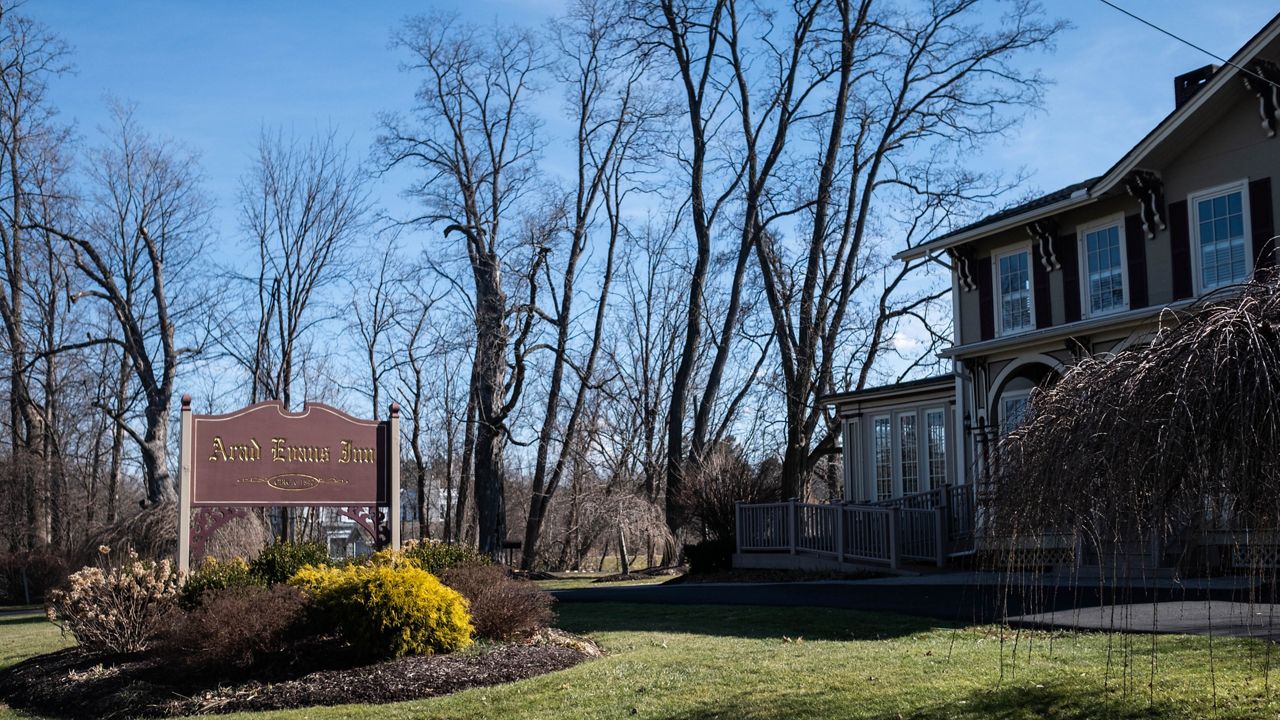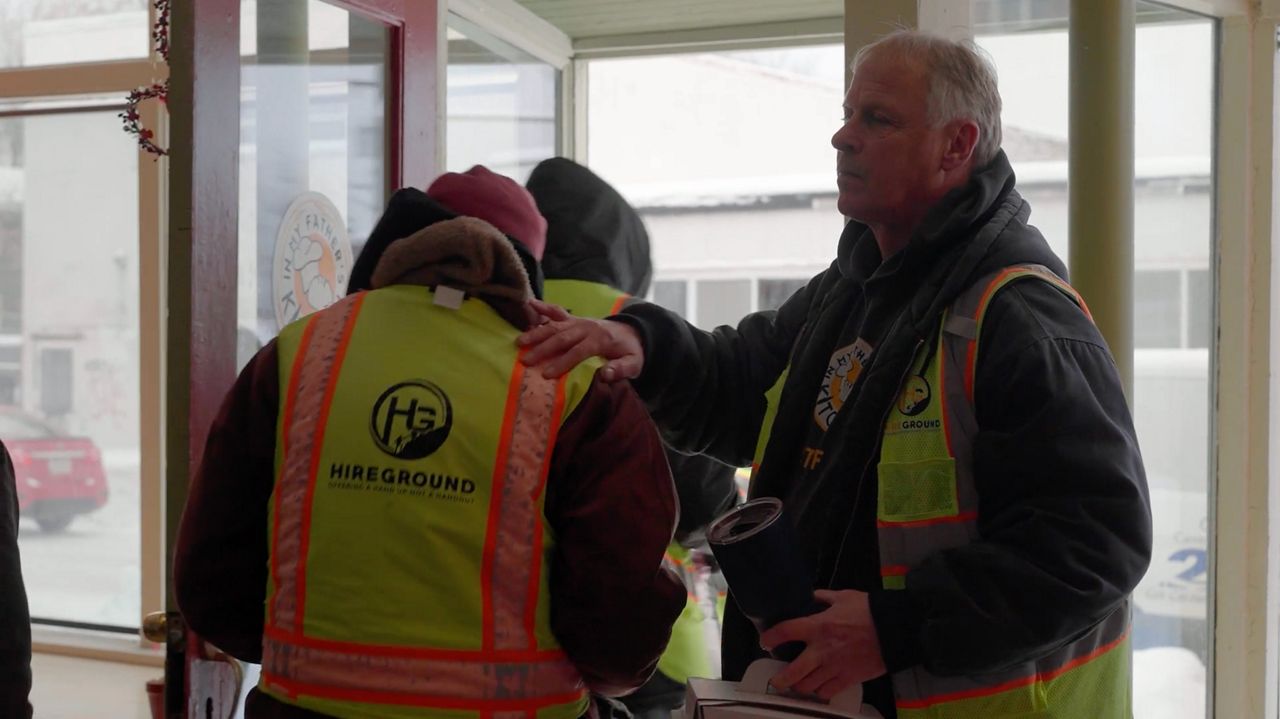A new service fee at some Central New York restaurants has raised questions among diners about how to interpret the bill, including whether a tip is needed.
Reasons for the fee, which often added as a percentage at the end of the bill or tacked onto menu prices, can vary, but restaurant owners say they aim for transparency.
Jason Thomas, owner of Arad Evans in Fayetteville, said he recently implemented a service fee of 20% on each bill.
“There are layers to this, but one reason is that there is a huge pay divide between the front of the house and the back of the house,” Thomas said.
Thomas said that the rising cost of food forced him to increase menu prices, which automatically gave the front of the house – waiters, hostesses and bartenders – a raise because higher customers' bills generally yield bigger tips.
“They make double what the people in the back make,” Thomas said. “It’s not fair and it’s not because they’re working harder, they have a different job, but the waitstaff has been reaping the benefits of inflation.”
Thomas said customers are not expected to tip on top of the service fee but can if they appreciate the service.
Andrew Mangini, a representative of the New York State Restaurant Association, said they have started to field more questions about service fees.
“When you use the phrase ‘service fee’ it is implied that you are referring to automatic gratuity that is left for the waitstaff. If it is in fact an automatic gratuity you don’t need to leave an additional gratuity unless you choose to due to the outstanding service,” Mangini said.
He said adding credit card fees to bills is another trend.
“Credit card usage has skyrocketed, and the processing fees have increased dramatically. Many restaurants can’t afford to continue to absorb these costs, so they are looking for ways to pass them on to consumers without raising prices any more than they already have,” Mangini said.
Credit card processing fees can range from 2% to 4%, and businesses in the U.S. collectively have seen the cost of the fees jump from $20 billion in 2001 to nearly $140 billion in 2021, according to the National Retail Federation.
Additionally, restaurant owners are looking to raise wages in order to stay competitive in filling open positions.
Thomas said his dishwashers are paid $18 an hour, and every position in the kitchen goes up from there. The waitstaff makes a base wage per hour then they have their tip wage, which potentially nets them $45 an hour, Thomas said.
“The economics are a little more complex, but straightforward, the hospitality fee is 20% and how that is broken down is about 16.5% goes to the front of the house and 3.5% goes to the back of the house,” Thomas said.
Alicia Cuadrado, founder of the Syracuse Eating Club and frequent diner of Syracuse restaurants, said she has seen many restaurants using an automatic gratuity.
“I think it’s fine, it’s up to the restaurant owners to make that decision and to make sure their people are paid properly,” Cuadrado said. “A lot of people are leaving the industry because they are needing a more guaranteed pay so that is one way to do it.”
As part of the Syracuse Eating Club, Cuadrado maintains a social media presence and often reviews restaurants.
“When I’m reviewing a restaurant, one of the things I consider is if there are any surprises on the bill,” Cuadrado said. “If they just drop the check and don’t say anything about it, that’s a little off-putting, so I think it’s really just about being clear with their customers.”
Another fine dining restaurant in Syracuse is taking a different approach to its hospitality fee.
On the menu at Saint Urban, chef-owner Jared Stafford-Hill has included language that says the menu prices includes service.
“We write prices include service on that page to remind you that while this price is how it reads, it does actually include service and you’re not expected to tip another 20% on top of it,” Stafford-Hill said. “It’s a level of transparency where I own this company, I have employees that I want to take care of so I designed a system where I can pay people what they are worth.”
To determine what they include in their menu prices for service, they had to look at calculations based on their budgets.
“There was a lot of back and forth with looking at all of the budgets for labor and total budgets for the restaurant then really ironing out where the company needs to be to be able to offer more benefits and pay everyone in the company what they are worth,” Stafford-Hill said.
It doesn’t break down to a specific percentage but rather incorporates a lot of factors to determine the price.
“It took a while to figure out exactly where the prices needed to be and that’s not just a matter of adding something at the end,” Stafford-Hill said.








